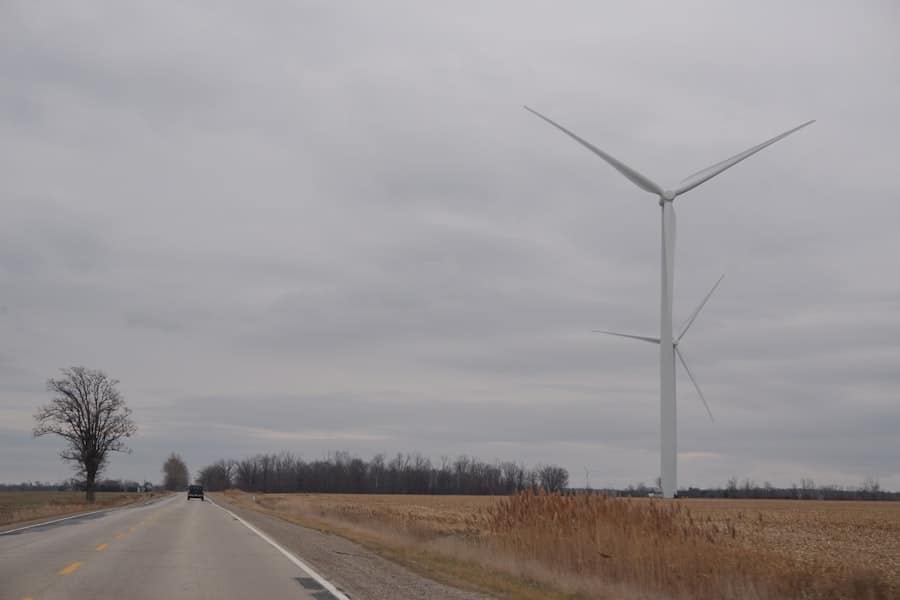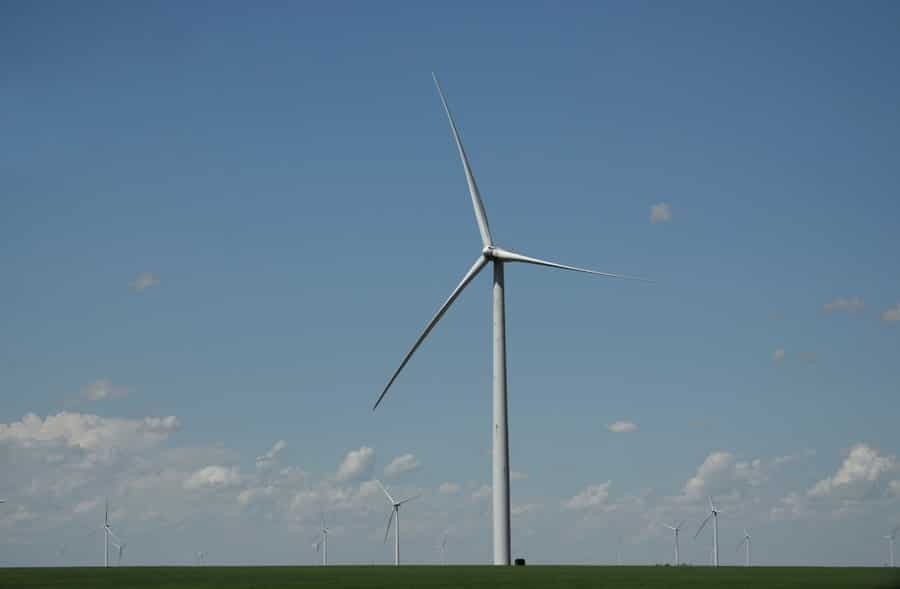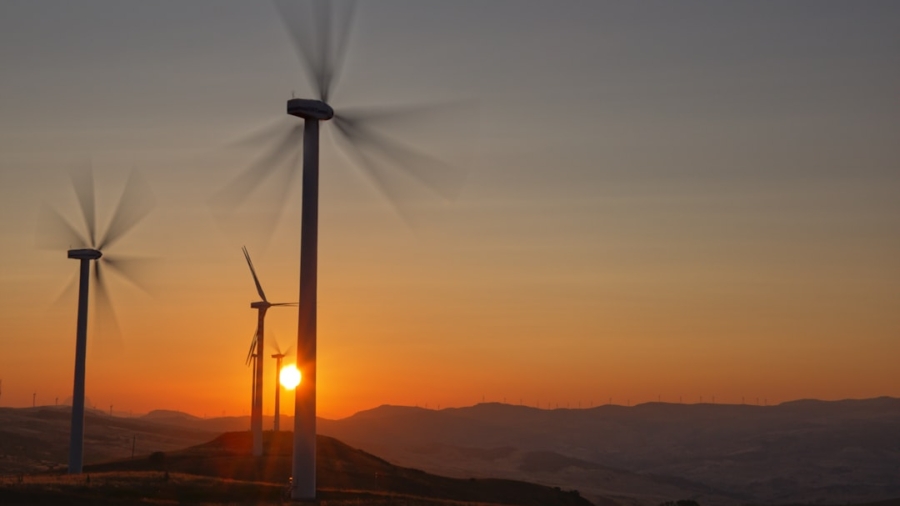Offshore wind power has emerged as a significant player in the global energy landscape, particularly in the last two decades. The transition from fossil fuels to renewable energy sources has accelerated due to growing concerns about climate change, energy security, and the need for sustainable development. Offshore wind farms, which harness the power of wind over the ocean, have gained traction as a viable alternative to traditional energy sources.
Countries such as Denmark, the United Kingdom, and Germany have been at the forefront of this movement, investing heavily in offshore wind technology and infrastructure. The global installed capacity of offshore wind power has surged, with projections indicating that it could reach over 200 gigawatts (GW) by 2030. The rise of offshore wind power can be attributed to several factors, including advancements in turbine technology, increased efficiency, and favorable government policies.
The development of larger and more efficient turbines has made it possible to generate more electricity from fewer installations. For instance, the latest generation of offshore wind turbines can exceed 12 megawatts (MW) in capacity, allowing for greater energy production even in areas with lower wind speeds. Additionally, the declining costs associated with offshore wind projects have made them more competitive with traditional energy sources.
As a result, many countries are now setting ambitious targets for offshore wind capacity as part of their broader renewable energy strategies.
Key Takeaways
- Offshore wind power is on the rise, with increasing investments and installations around the world.
- Advantages of offshore wind installations include higher wind speeds, less visual impact, and proximity to urban centers for energy consumption.
- Challenges of offshore wind installations include high initial costs, complex logistics, and potential environmental impacts.
- Technological innovations in offshore wind power, such as floating turbines and advanced materials, are driving the industry forward.
- Offshore wind farms have a positive environmental impact, reducing greenhouse gas emissions and reliance on fossil fuels.
Advantages of Offshore Wind Installations
One of the primary advantages of offshore wind installations is their ability to generate substantial amounts of clean energy. Offshore winds are typically stronger and more consistent than onshore winds, which translates into higher energy output. This reliability is crucial for meeting energy demands and integrating renewable sources into national grids.
For example, the Hornsea One project off the coast of England is currently the largest offshore wind farm in the world, capable of powering over one million homes. Such large-scale projects demonstrate the potential of offshore wind to contribute significantly to national energy needs. Another advantage is the reduced visual and noise impact associated with offshore installations compared to onshore wind farms.
Offshore wind farms are located far from populated areas, minimizing their visibility and noise pollution. This aspect often leads to greater public acceptance and fewer land-use conflicts. Furthermore, offshore wind farms can coexist with other marine activities such as fishing and shipping, provided that careful planning and management are implemented.
This dual-use potential can enhance the economic viability of coastal regions while promoting sustainable practices.
Challenges of Offshore Wind Installations

Despite their numerous advantages, offshore wind installations face several challenges that can hinder their development. One significant obstacle is the high initial capital investment required for offshore projects. The costs associated with site assessment, construction, and maintenance are considerably higher than those for onshore wind farms.
For instance, the installation of underwater foundations and the transportation of large turbine components necessitate specialized vessels and equipment, which can drive up expenses. As a result, securing financing for these projects can be a complex process that requires collaboration between public and private sectors. Another challenge is the environmental and regulatory hurdles that offshore wind projects must navigate.
The permitting process for offshore installations can be lengthy and complicated due to concerns about marine ecosystems and navigation safety. Environmental impact assessments are often required to evaluate potential effects on local wildlife, including birds and marine mammals. Additionally, regulatory frameworks vary significantly between countries, which can complicate international projects or investments.
Addressing these challenges requires a concerted effort from stakeholders to streamline processes while ensuring environmental protection.
Technological Innovations in Offshore Wind Power
Technological innovations have played a pivotal role in advancing offshore wind power capabilities. One notable development is the evolution of floating wind turbines, which allow for installations in deeper waters where traditional fixed-bottom turbines are not feasible. Floating platforms can be anchored to the seabed using mooring lines, enabling access to stronger winds further offshore.
Projects like the Hywind Scotland pilot park have demonstrated the viability of this technology, paving the way for future floating wind farms that could unlock vast new areas for energy generation. Moreover, advancements in digital technologies are enhancing the efficiency and reliability of offshore wind operations. Predictive maintenance powered by artificial intelligence (AI) and machine learning algorithms allows operators to monitor turbine performance in real-time and anticipate potential failures before they occur.
This proactive approach not only reduces downtime but also lowers maintenance costs significantly. Additionally, innovations in energy storage solutions are being explored to address intermittency issues associated with renewable energy sources, ensuring a stable supply even when wind conditions fluctuate.
Environmental Impact of Offshore Wind Farms
The environmental impact of offshore wind farms is a critical consideration in their development. While these installations provide a clean source of energy that helps reduce greenhouse gas emissions, they can also affect marine ecosystems. The construction phase poses risks to local wildlife due to noise pollution and habitat disruption.
However, research indicates that once operational, offshore wind farms can have positive effects on marine environments. The structures themselves can create artificial reefs that attract various marine species, promoting biodiversity in the area.
Studies have shown that fish populations often thrive around turbine foundations due to increased habitat complexity. Furthermore, careful site selection and environmental monitoring can mitigate potential negative impacts during both construction and operation phases.
Economic Opportunities and Job Creation

The growth of offshore wind power presents significant economic opportunities and job creation potential across various sectors. As countries ramp up their investments in this renewable energy source, new jobs are being created in manufacturing, installation, maintenance, and research and development. According to a report by the International Renewable Energy Agency (IRENA), the offshore wind sector could create millions of jobs globally by 2030 as demand for clean energy continues to rise.
In addition to direct employment opportunities within the industry, offshore wind projects can stimulate local economies by creating demand for goods and services from various suppliers. Ports that serve as staging areas for construction activities can benefit from increased business activity, while local communities may see growth in sectors such as tourism and hospitality as interest in renewable energy initiatives rises. The economic ripple effect extends beyond immediate job creation; it fosters innovation and investment in related technologies and infrastructure.
Government Policies and Incentives for Offshore Wind Development
Government policies play a crucial role in shaping the future of offshore wind power development. Many countries have implemented supportive frameworks that include financial incentives such as tax credits, grants, and feed-in tariffs to encourage investment in renewable energy projects. For instance, the United States has seen a surge in offshore wind development following the introduction of federal tax incentives aimed at reducing project costs and promoting clean energy adoption.
In addition to financial incentives, regulatory frameworks that streamline permitting processes are essential for facilitating project development. Governments are increasingly recognizing the need for coordinated efforts among various agencies to expedite approvals while ensuring environmental protection. Collaborative initiatives between public entities and private developers can lead to more efficient project timelines and reduced costs, ultimately accelerating the transition to renewable energy sources.
Future Outlook for Offshore Wind Power
The future outlook for offshore wind power appears promising as technological advancements continue to evolve alongside increasing global demand for clean energy solutions. With ambitious targets set by numerous countries aiming for carbon neutrality by mid-century, offshore wind is poised to play a pivotal role in achieving these goals. The International Energy Agency (IEA) projects that global offshore wind capacity could reach 1,000 GW by 2040 if current trends continue.
Additionally, innovations in energy storage technologies will enhance grid stability by allowing excess energy generated during peak production times to be stored for later use. This synergy between offshore wind power and complementary technologies will be crucial in addressing energy demands while mitigating climate change impacts.
In conclusion, the rise of offshore wind power represents a transformative shift in how we generate electricity sustainably. With its numerous advantages outweighing challenges through technological innovations and supportive government policies, offshore wind is set to become an integral component of our future energy landscape.
In recent years, the expansion of wind power through offshore installations has been a significant development in the renewable energy sector. This growth is part of a broader trend towards sustainable energy solutions, which is also reflected in the digital world. For instance, the rise of technology and social media platforms has influenced how information about renewable energy is disseminated and consumed. An interesting related article that explores the intersection of technology and content creation is The Best Software for Social Media Content: A Comprehensive Guide. This article provides insights into the tools that can be used to effectively share and promote content about renewable energy advancements, such as offshore wind power, across various social media platforms.
FAQs
What is offshore wind power?
Offshore wind power refers to the generation of electricity from wind turbines located in bodies of water, typically in the ocean. These turbines are often larger and more powerful than onshore wind turbines.
How is offshore wind power expanding?
Offshore wind power is expanding through the construction of new offshore wind farms in various locations around the world. These projects are increasing the capacity and output of offshore wind energy.
What are the benefits of offshore wind power?
Offshore wind power has several benefits, including higher wind speeds and a more consistent energy source compared to onshore wind. It also has the potential to reduce reliance on fossil fuels and decrease greenhouse gas emissions.
What are the challenges of offshore wind power?
Challenges of offshore wind power include higher installation and maintenance costs, as well as potential environmental and wildlife impacts. Additionally, the logistics of constructing and maintaining offshore wind farms can be more complex than onshore projects.
Where are some notable offshore wind installations located?
Notable offshore wind installations can be found in countries such as the United Kingdom, Germany, Denmark, the United States, and China. These installations are contributing to the growth of offshore wind power globally.

